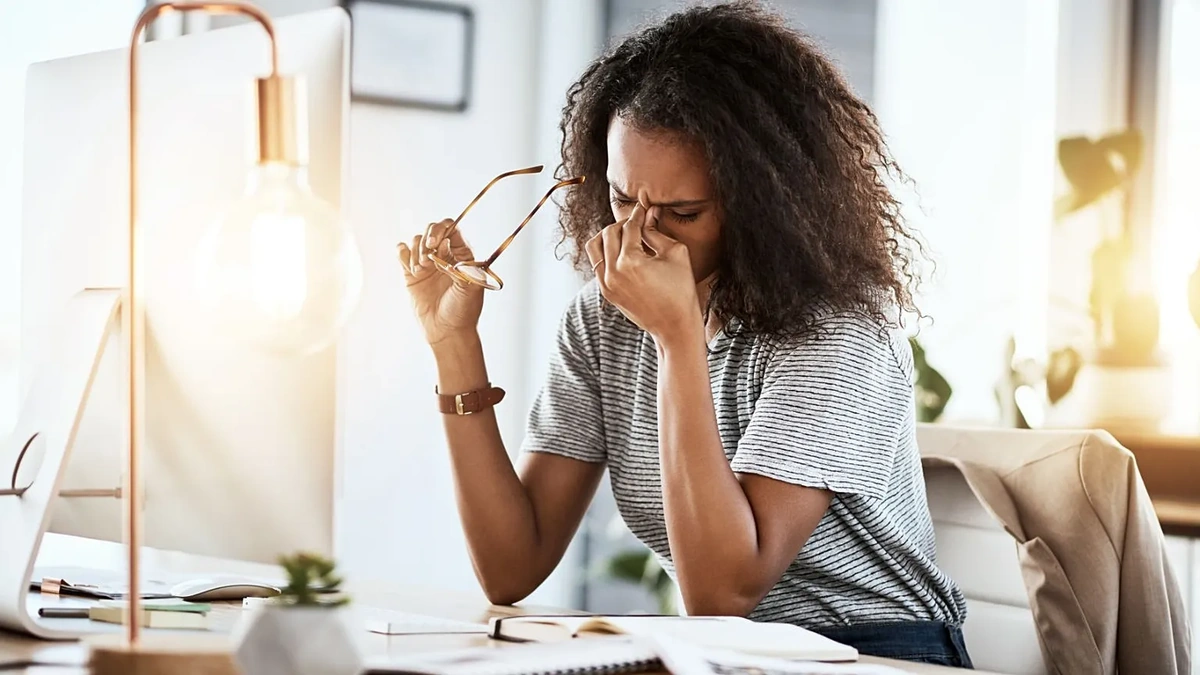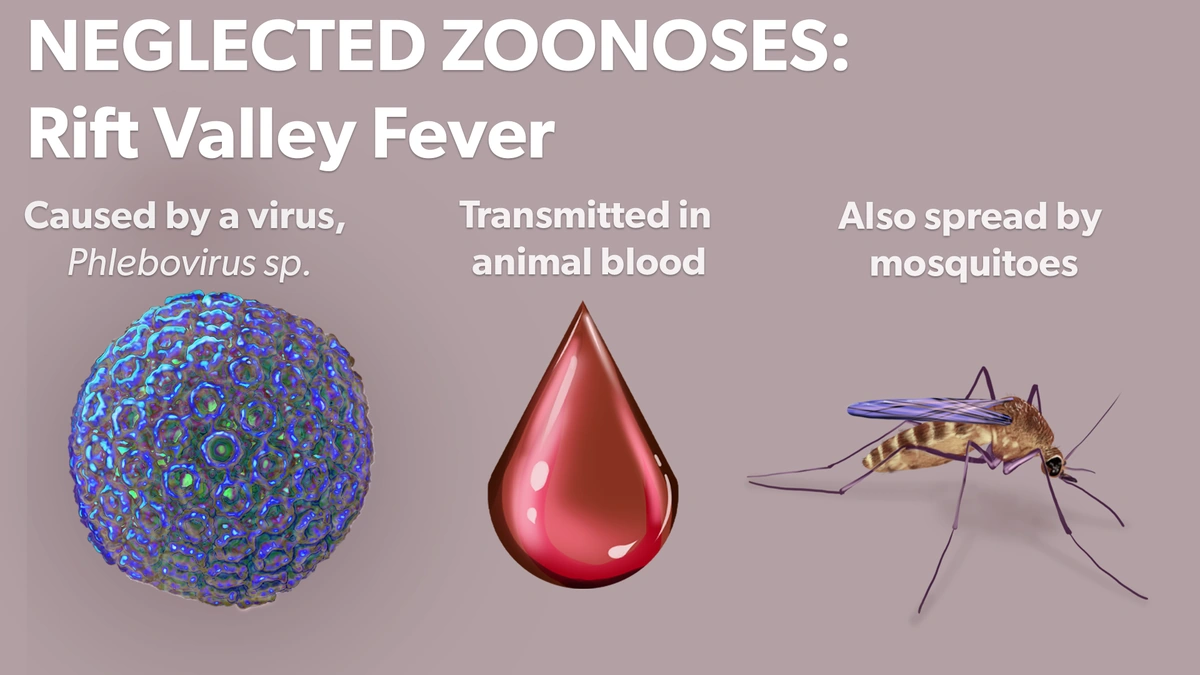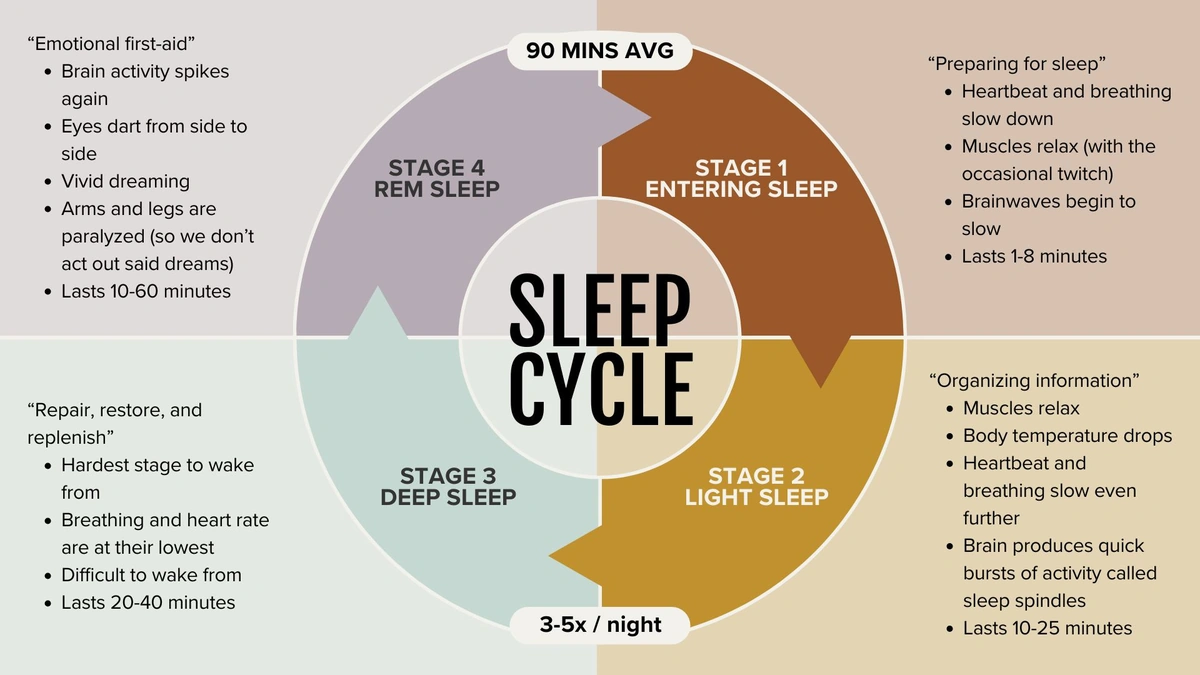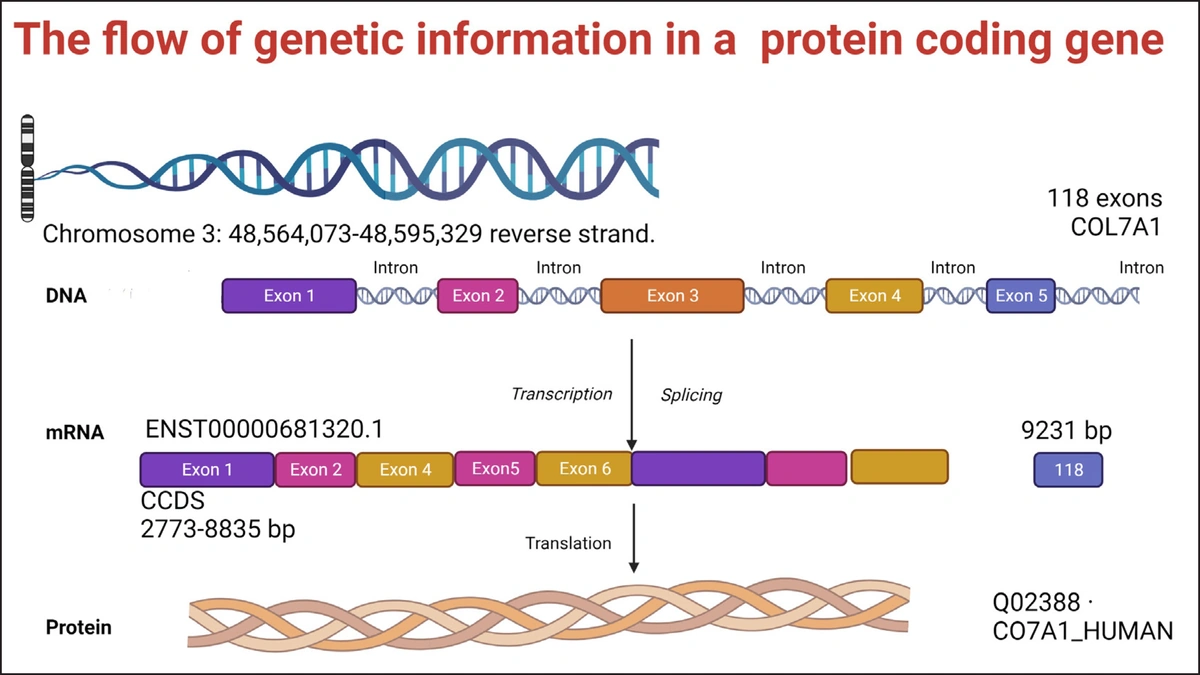World Sight Day 2025 | Protecting Your Eyes From Work-From-Home Strain
World Sight Day 2025 is coming, and let’s be honest – it’s not exactly a party. But it is a perfect nudge to think about something we often take for granted: our eyesight. Especially now, with so many of us glued to screens, battling that beast we call work-from-home eye strain , it’s more crucial than ever. So, before you reach for another cup of chai, let’s dive into some practical tips and insights to keep those peepers happy and healthy. Trust me; your future self will thank you.
The Unseen Culprit | Why Work-From-Home is a Vision Villain
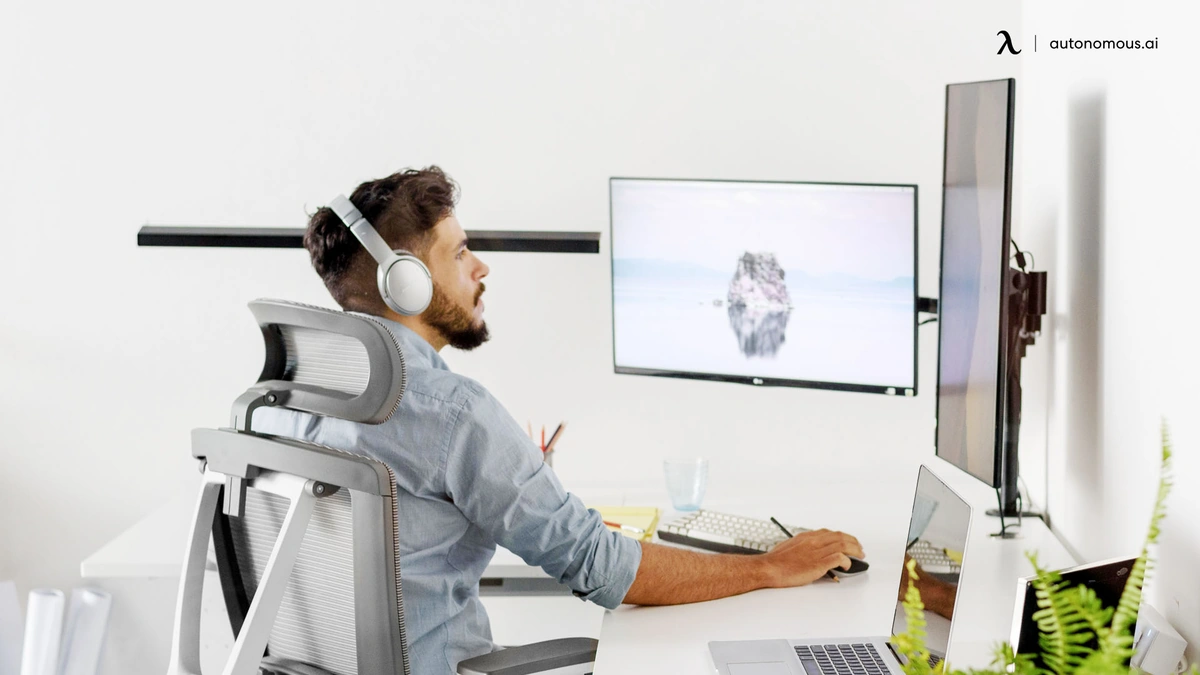
Here’s the thing: our eyes weren’t exactly designed for staring at glowing rectangles all day. Evolution didn’t exactly account for Zoom calls, spreadsheets, or endless scrolling. The shift to remote work has amplified the problem tenfold. We’re not just using screens more; we’re often using them in less-than-ideal conditions – think dimly lit rooms, makeshift desks, and ignoring the 20-20-20 rule (more on that later!). This convergence of factors creates the perfect storm for digital eye strain, also known as computer vision syndrome. But, let’s pause here and think about why this matters so much. It’s not just about temporary discomfort. Prolonged, unaddressed eye strain can lead to chronic issues, impacting productivity, sleep, and overall well-being. And, it’s not just you! A common mistake I see people make is assuming that this issue is only relevant to those who already wear glasses.
According to the American Academy of Ophthalmology (https://www.aao.org/eye-health/tips-prevention/computer-usage) , digital eye strain affects approximately 50% of computer users. That’s a staggering statistic, and it underscores the urgent need for proactive measures, especially in the work-from-home era.
Simple Tweaks, Significant Impact | Your Work-From-Home Eye Survival Guide
Alright, enough doom and gloom. Let’s talk solutions. And I’m not talking about expensive gadgets or complicated exercises. We are focusing on quick, easily implementable tactics. I initially thought this would be a straightforward list of tips, but then I realized it’s about making these changes a habit. Here’s the thing; consistency trumps intensity every time.
- The 20-20-20 Rule: This is your golden ticket. Every 20 minutes, look at something 20 feet away for 20 seconds. Set a timer if you have to.
- Optimize Your Workspace: Position your monitor an arm’s length away and slightly below eye level. Reduce glare by adjusting screen brightness and using an anti-glare filter if needed. Trust me; it works wonders.
- Blink More! Seriously. When we focus on screens, we blink less, leading to dry eyes. Consciously make an effort to blink frequently. You can even try the “blink break” – close your eyes tightly for a few seconds, then gently open them.
- Proper Lighting: Avoid overhead fluorescent lights, which can cause glare. Use a desk lamp with adjustable brightness.
- Regular Eye Exams: This seems obvious, but many people skip them. Schedule an eye exam at least once a year to detect any underlying issues. And if you already wear glasses or contacts, make sure your prescription is up-to-date.
These steps can significantly reduce the impact of digital eye strain . Another thing to consider is using blue light filters on your devices. These filters reduce the amount of blue light emitted from screens, which some studies suggest can contribute to eye strain and sleep disturbances. However, the evidence is still evolving, so it’s best to consult with your eye doctor to determine if blue light filters are right for you.
Beyond the Basics | Advanced Strategies for Vision Protection
So, you’ve mastered the basics. What’s next? Let’s delve into some more advanced strategies. What fascinates me is how interconnected our overall health is with our vision. It’s not just about what we do with our eyes; it’s about what we put into our bodies and how we manage stress.
- Diet and Hydration: A balanced diet rich in vitamins A, C, and E, as well as zinc and omega-3 fatty acids, can support eye health. Foods like carrots, spinach, almonds, and fish are excellent choices. And don’t forget to stay hydrated! Dehydration can exacerbate dry eye symptoms.
- Ergonomics: Ensure your workstation is ergonomically sound. This includes having proper chair support, a comfortable keyboard and mouse, and a monitor positioned at the correct height and distance.
- Mindfulness and Stress Reduction: Stress can manifest in various physical symptoms, including eye strain. Practice mindfulness techniques like meditation or deep breathing exercises to reduce stress levels.
- Eye Exercises: Specific eye exercises can help strengthen eye muscles and improve focus. Consult with your eye doctor or a vision therapist for personalized recommendations.
The key is to be proactive and to listen to your body. If you experience persistent eye strain, headaches, or blurred vision, don’t ignore these symptoms. Seek professional help promptly. And remember that your eyes are as important as anything else. So, let’s make sure you do your best to take care of them.
Lenses and Lighting | Your Allies Against Eye Strain
Let’s talk specifics. I am going to speak about some products which help greatly, but it’s important to remember that the advice of your doctor is the most important thing. Special lenses can reduce eye strain. One popular option is lenses with a blue light filter. These lenses are designed to block out some of the blue light emitted by digital screens, which some experts believe can contribute to eye strain and disrupt sleep patterns. Another option is computer glasses, which are specifically designed for viewing screens at close range. These glasses often have a slight magnification to help reduce eye strain.
When it comes to lighting, natural light is always best. However, if you don’t have access to natural light, make sure your workspace is well-lit with artificial light. Avoid overhead fluorescent lights, which can cause glare and eye strain. Instead, use a desk lamp with adjustable brightness. Position the lamp so that the light shines on your work surface without shining directly into your eyes. You can also use a light filter. Keep in mind that the right lighting setup can make a big difference in reducing eye strain.
FAQ | Your Burning Questions About Work-From-Home Eye Strain Answered
What if I forget to follow the 20-20-20 rule?
Don’t beat yourself up! Just get back on track as soon as you remember. Setting reminders on your phone can help.
Can blue light glasses really help with eye strain?
They can, but it varies from person to person. It’s best to discuss this with your eye doctor.
What are some signs I need to see an eye doctor?
Persistent eye strain, headaches, blurred vision, double vision, and increased sensitivity to light are all red flags.
How can I convince my boss to invest in better office equipment for remote workers?
Focus on the productivity benefits! Highlight how reducing eye strain can improve focus and reduce errors.
Are there any apps that can help remind me to take breaks?
Yes, there are many! Search for “eye strain reminder apps” on your app store.
Can children also suffer from work-from-home eye strain?
Absolutely. With increased screen time for online learning and entertainment, children are also at risk. Monitor their screen usage and encourage frequent breaks.
So, as World Sight Day 2025 approaches, remember that protecting your eyes is an investment in your overall well-being. By implementing these strategies, you can create a healthier and more productive work-from-home environment. And remember, it is important to be aware of all aspects of your health. For example, are you getting the right vitamins? It is important to be sure you’re aware of the signs of genetic disorders . It’s time to ditch the eye strain and embrace a clearer, brighter future!
